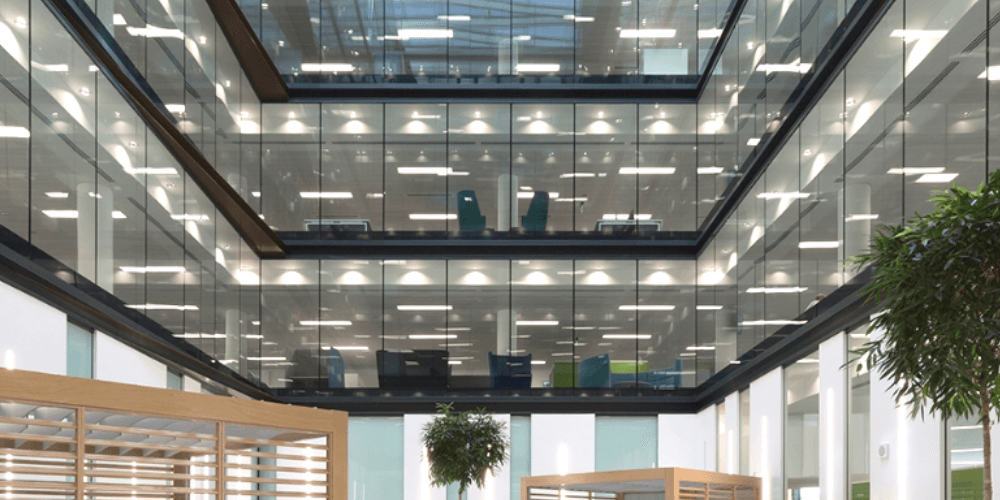The Safest Types Of Cladding
Cladding is a dual-purpose finishing method that resembles a surface or an outer non-load bearing coat. It not only serves to shield the building’s interiors from the elements, but it also renders the exterior decorative and appealing. The correct cladding tends to keep buildings weather-tight and cost-effective while still providing thermal insulation and reducing temperature variations inside. It also aids in the enhancement of indoor acoustics and daylighting.
The cladding will affect the building’s worth, saleability, and protection. As a result, effectively cladding the property is a smart move that yields short and long-term dividends. There are more cladding systems on the market today than there have ever been. Finding the best option can take some time, but cladding is a perfect way to imprint your design on a home when used creatively and intelligently.
Are you ready to upgrade your cladding but don’t know where to start? Here’s a quick rundown on different types of cladding materials and the safest one out of them all.
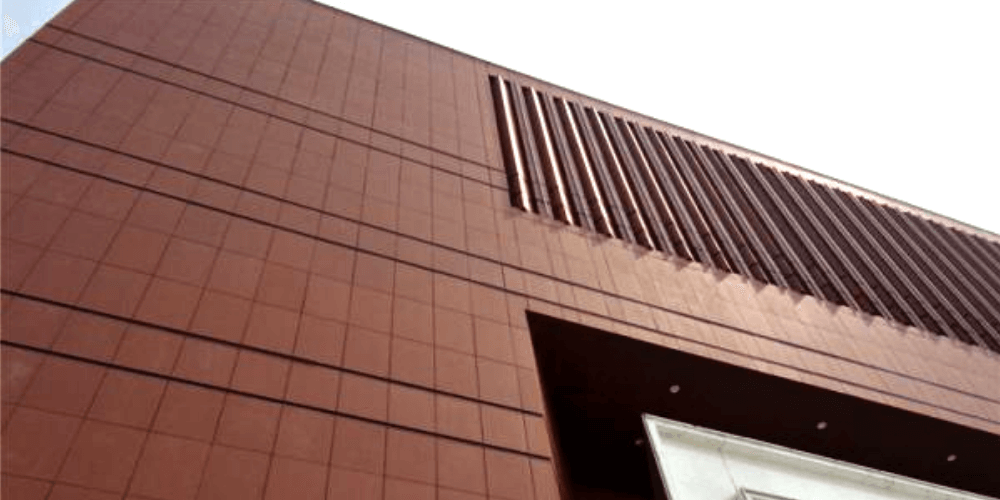
Types Of Cladding
Cladding fabrics now come in a wide variety. You can think about more than just one factor when choosing which kind of cladding to use for your structures. They consist of:
In This Article
Wood Cladding
Because of its insulation properties, wood cladding not only protects the building but also saves electricity. Natural wood’s elegant impact can be blended with either interior or exterior, improving the building’s look.
Stone Cladding
Stone cladding offers the walls a more natural appearance while still adding a touch of beauty. To minimise weight, stones are quarried and slashed into tiny fragments. This is then painted on the buildings, giving them an earthy, rustic appearance.
Ceramic Cladding
Ceramic cladding is low in weight and needs less upkeep. It comes in a variety of textures and patterns, making it a standard option among architects. The material is long-lasting, simple to disinfect, and immune to the elements.
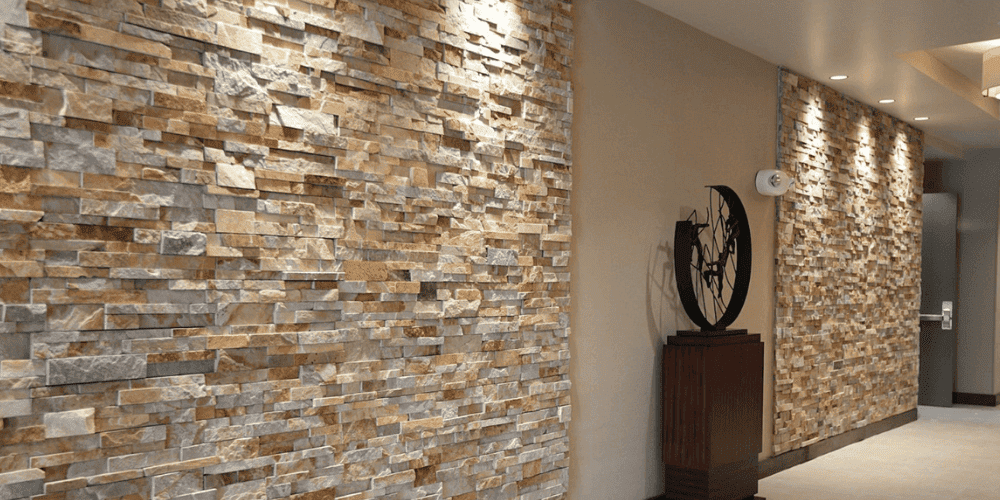
Tile Cladding
The aesthetic appearance of tile cladding turns a home into a modern haven. The design possibilities are endless since various tile sizes can be combined to create a distinctive and polished look.
Porcelain Cladding
This form of cladding is commonly found on a structure’s exterior. It is non-porous and does not collect soil on the floor. Porcelain is one of the best fabrics for cladding since it is prone to thermal shock and scratches.
Curtain wall cladding:
This is a form of cladding that is typically used on multistory buildings. They’re made up of lightweight aluminium frames with glazed panels attached to them. This decreases the amount of heat that enters the house, making it more relaxed and providing a lighter, calmer, and healthier atmosphere.
Metal Cladding
Keep in mind that with a suitable coating, you will be able to choose the best cladding for your house. Zinc and aluminium are the two often used metals for metal cladding. For sure homeowners, metal cladding is always the preferred alternative.
Metal siding is affordable and well designed for budget-conscious homeowners to enhance the looks of their properties. Most people go for steel panels as they are hard to harm and solid. Many others use aluminium-clad solutions because of their fire resistance characteristics, but it often protects the surrounding structures from destruction.
Color, pattern, and shape are the main benefits of metal cladding. A good concept can stand the test of time, even under extreme conditions. It’s a good choice for shielding buildings because it does an excellent job of protecting the walls from harm.
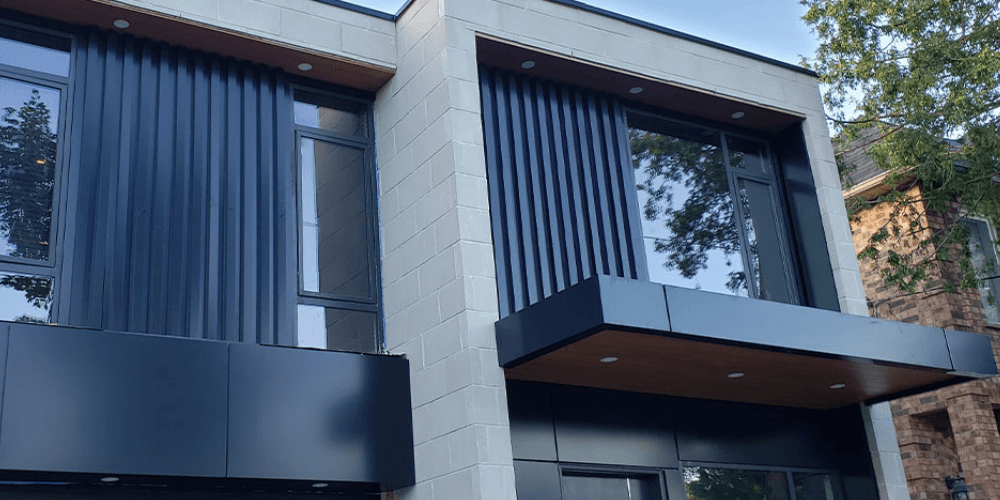
Aluminium
Aluminium is non-corroding and doesn’t blister easily, making it suitable for many applications. As used, it has a lower weight than steel connection devices. However, it can dent and scrape in environmental conditions, so it must be treated with special care.
Steel
Stainless steel is generally described as steel coated with chromium oxide. By incorporating chromium into the material, corrosion is prevented, which means that it resists rusting. It is also a standard option because it has a pristine, shiny finish.
It is zinc-plated steel much like chromium-plated steel that tends to resist corrosion. The appearance of visible crystallites in the coating is regarded as a “spangle” on galvanised steel.
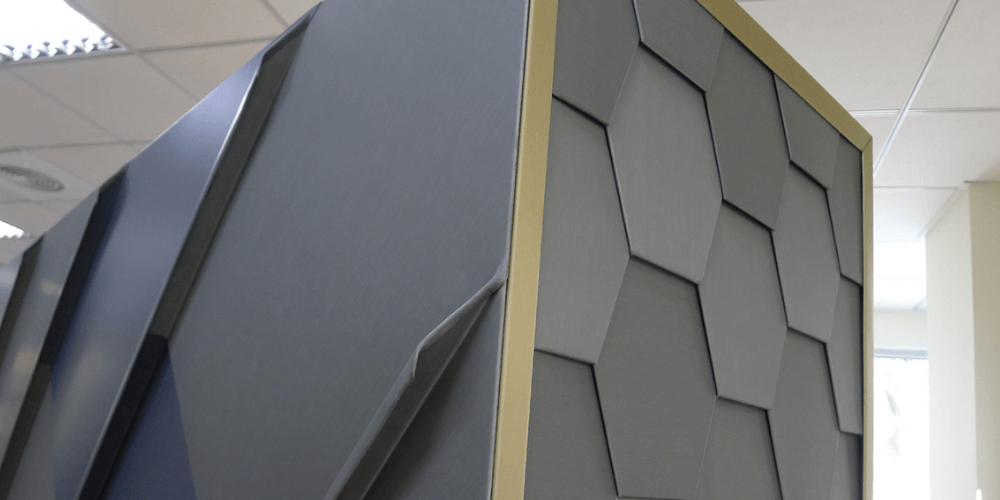
Titanium
Titanium is widely preferred because it is small in weight, more robust, and has a beautiful reflective finish. Eventually, an anti-corrosive oxide layer is formed on the soil, boosting its resilience to corrosion. Maintenance is needed to prevent browning of titanium during building.
Zinc
It is recognised for being durable and impervious to weather and corrosion. It can also withstand the adverse effects of UV rays and self-healing qualities; also, if it is scratched, it can return to its original state over time.
Vinyl Cladding
For those who don’t have time to maintain their sheets, vinyl sheets in cladding are the best option. Vinyl claddings are popular among cladding installers because they require little maintenance. The only requirement for this cladding system is to be cleaned regularly to prevent debris from piling up and causing unnecessary problems.
Terracotta Cladding
Terracotta Cladding It is an alternative to brick cladding which offers the building a seamless appearance. Terracotta cladding is non-flammable and fire-prone, and it can be used on both new and historic structures.
Concrete Cladding
For a sleek and authentic look, concrete is an easy alternative. This is a low-cost, lightweight, and simple-to-cut and installs option. The cladding has changed the way structures have appeared in the past. End consumers are looking for something different now, and architects are working hard to invent and conceptualise effective solutions. With the advancement of technologies and the improvement of architectural standards, there will undoubtedly be a wide variety of cladding resources accessible in the future.
Safest Type Of Cladding
You don’t have to spend months or years trying to figure out which material is best for your cladding project. For the most part, you might have used woad or timber, brick or stone, as well as vinyl cladding. But do you realise how incredible and exclusive metal cladding panels are?
Metal should be the first option for cladding. When it comes to cladding buildings and houses, there are many advantages to utilising metal. They are as follows:
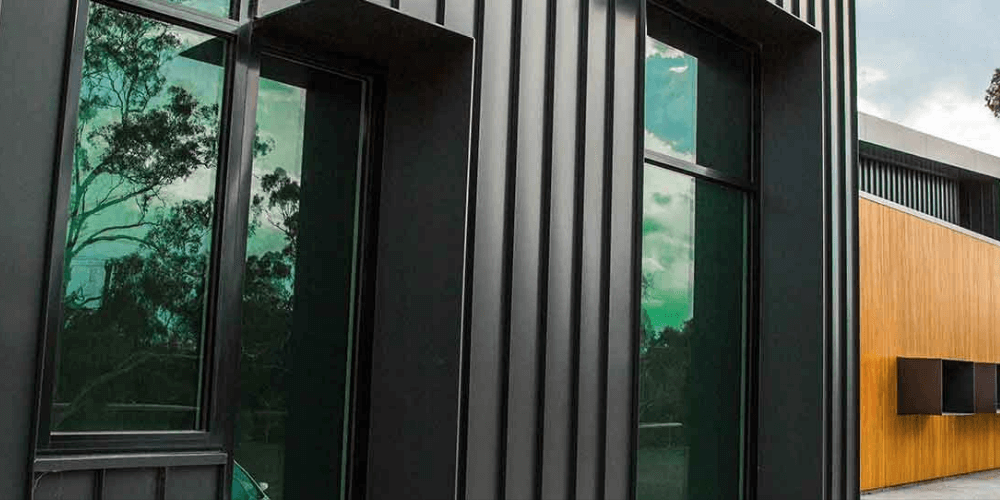
Fire Resistance
Because of its ability to withstand ignition, metal cladding is often used as part of a fire-resistant assembly. According to the International Building Code, metal panels are classified Class A for exterior fire exposure when mounted over open framing or a non-flammable substrate.
Class A classified metals are safe against extreme fire test exposures. Claddings of this class provide a high level of fire safety to the walls. These do not fall out of position and are great thermal insulators. Metal cladding offers builders a good option of fire-resistant exterior content carrying a broad palette of colours in high fire risk areas where an excess of dry timber is a lightning strike away from a conflagration.
Toughness
Metal cladding is one of the most robust choices of all cladding products in terms of durability. With a solid surface, it is less likely to be impacted by external forces and is less likely to be impaired. Corrosion, water disruption, and electrochemical reactions are not a problem for the metal claddings. It is helpful if you use them for interior or exterior purposes. Metal claddings have a long life that will last for years without the need for building maintenance or restoration.
Easy to Install
Metal cladding is the simplest to install than stone or other forms of cladding. You will get them mounted even faster, and there is no need for intensive labour work. Since they are made of lightweight and more comprehensive pieces, they can cover a more significant space in a shorter amount of time. Installing metal claddings is made much simpler with advanced fastening devices.
Flexibility
Flexibility Metal cladding may be used on the whole exterior of the building or on small areas to provide a complementary appearance. You can offer your building the look you like with its flexible use.
Broad Range
You may choose from a wide range of fabrics, colours, patterns, forms, and sizes based on your preferences. You may also select the form of content. Since metal claddings are available in various materials such as aluminium, steel, copper, zinc, and others, you may make the right choice to improve the appearance and value of your home.
Eco-friendly
All metal cladding variants are environmentally safe and readily recyclable. Using metal claddings allows you to reduce the number of carbon footprints in the atmosphere. It contributes to the long-term viability of the environment
Low-Cost
Metal cladding is the perfect alternative for a low-cost cladding option. They are very affordable as compared to other cladding products. Furthermore, since they have lower labour costs and need less upkeep, the metal cladding will help you save still more money.
Conclusion
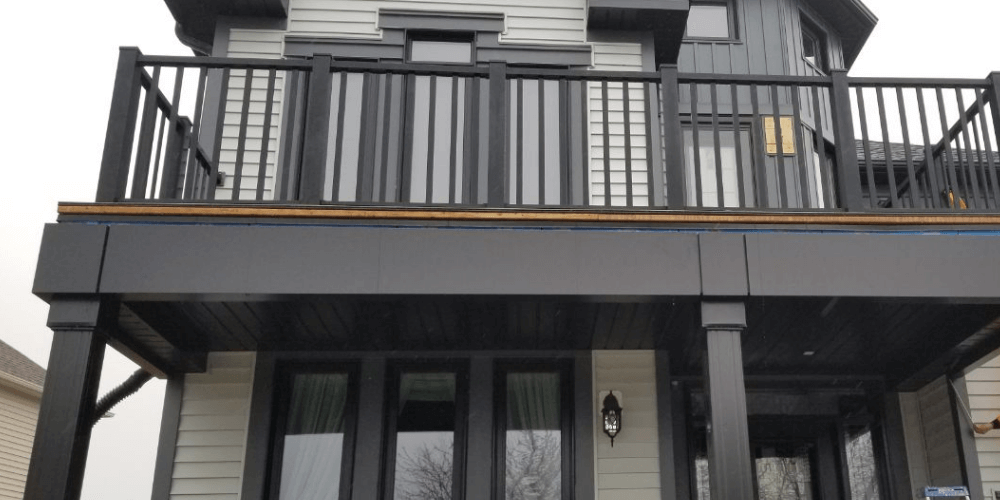
Cladding should be included in the post-construction fire protection review before every structure is turned over. Building owners and managers can quickly obtain valuable details by recording the cladding’s precise dimensions, design, and fire danger. If rules adjust in the future, renovations are needed, or the cladding must be recalled or replaced, the documents should be readily available and actionable.
With that said, choose the cladding material that you feel is the safest for your building. But remember that metal cladding is one of the safest types of claddings for fire resistance.

